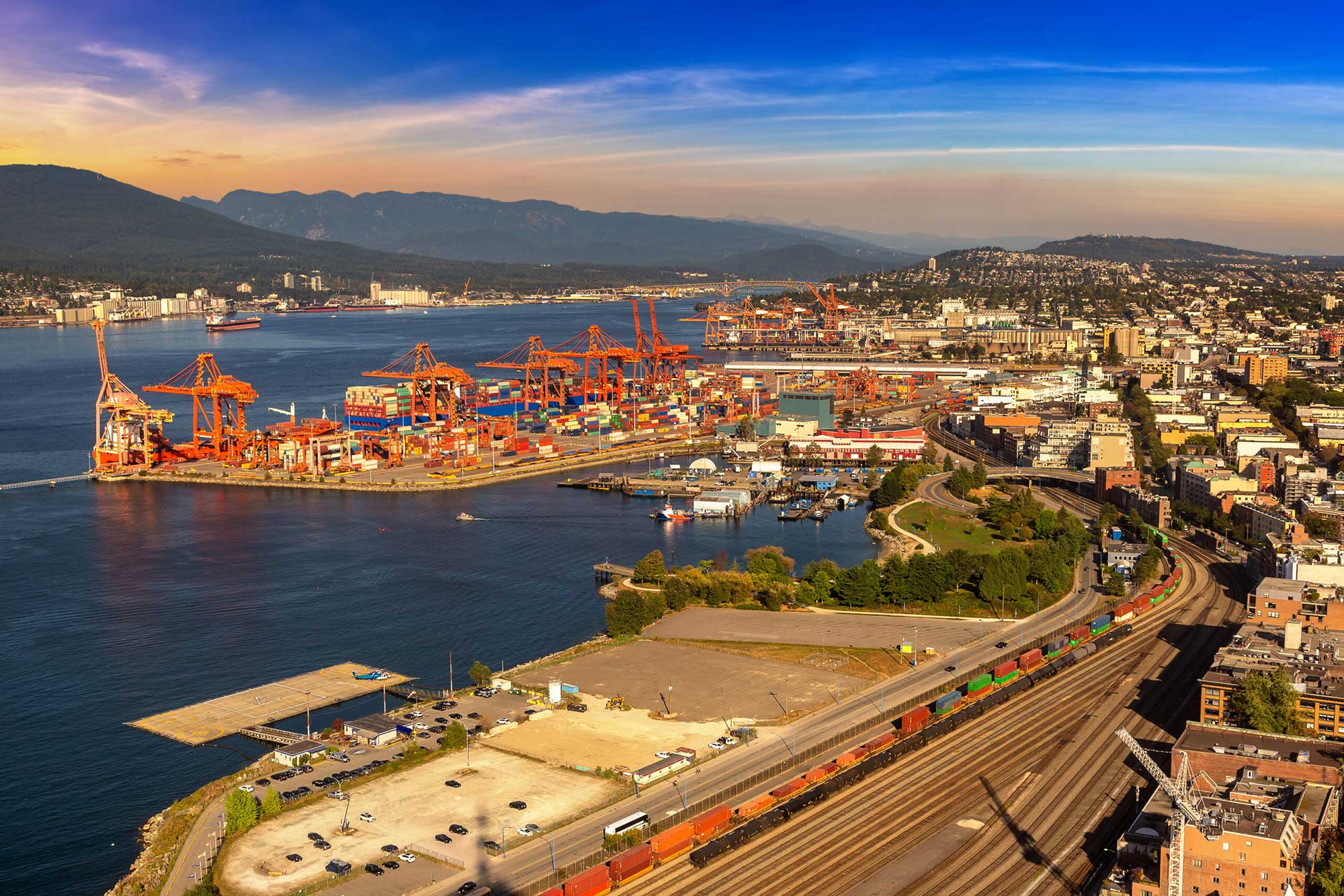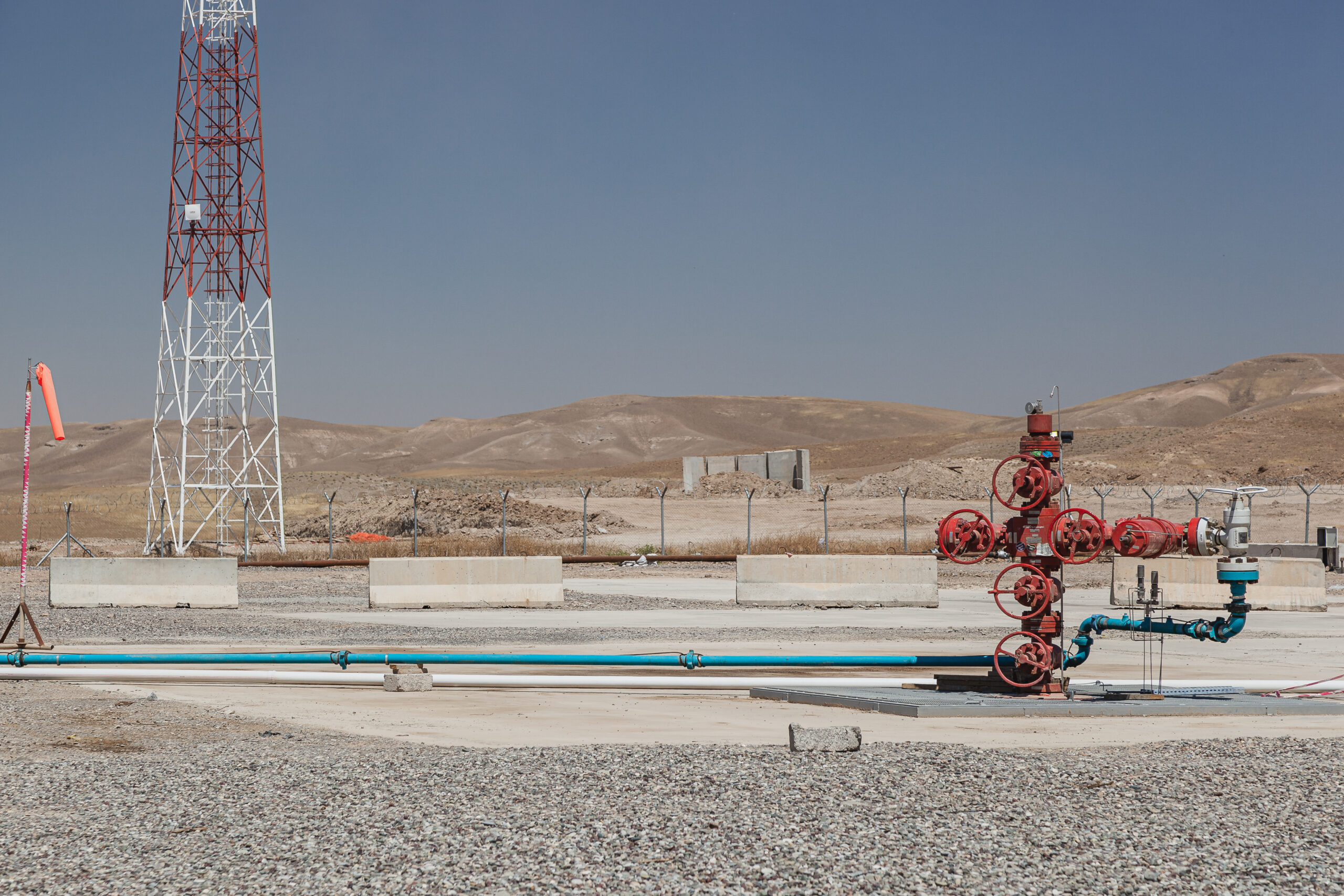Canadian LNG project inks 20-year deal with Shell
A Canadian LNG project in northern British Columbia has agreed to a 20-year purchase agreement with Shell.

Shell has signed a deal to purchase gas from a large Canadian LNG project proposed in northern British Columbia, adding momentum to a project and a region hoping to export gas to Asia.
On January 8, Shell announced that it has agreed to a 20-year sales and purchase agreement (SPA) with Ksi Lisims LNG, a proposed floating gas export facility that would be located on the territory of the Nisga’a Nation. The First Nation is a partner in the project, along with Rockies LNG, which is a consortium of Canadian gas producers, and a Texas-based LNG developer called Western LNG.
Under the terms of the SPA, Shell would purchase 2 million tonnes of LNG per year (mtpa) from Ksi Lisims LNG on a free-on-board basis, an arrangement in which responsibility and ownership of the cargo is transferred from the seller to the buyer when the gas is loaded up onto a ship at the terminal.
Ksi Lisims intends to have a total capacity of 12 mtpa from two floating LNG production and storage facilities. The SPA with Shell is the project’s first offtake agreement.
“LNG is a critical pillar of global energy security and global demand is set to increase in the years to come,” Steve Hill, Executive Vice President of Shell Energy, said in a statement. “We are pleased to sign this agreement with Ksi Lisims LNG which will help Shell to continue providing diverse and flexible LNG supply to its customers.”
Shell also owns a 40 percent stake in a separate project called LNG Canada, located in Kitimat, British Columbia. That project, which will be Canada’s largest gas export facility, is 85 percent complete and is expected to start up operations later this year.
Ksi Lisims says that it will achieve “net-zero” emissions, in part by electrifying its facility. But as Gas Outlook has previously reported, using renewable energy from the electric grid for LNG facilities would use up clean energy that could be allocated for other purposes, and will make meeting provincial climate targets dramatically more difficult. The net zero claim also ignores the bulk of the total greenhouse gas impact of LNG, which also includes upstream emissions, methane leaks, and the combustion of gas overseas. Some studies suggest that if even just a handful of proposed LNG projects are constructed, British Columbia’s greenhouse gas emissions will blow far past its 2030 targets.
But questions remain about many of the proposed LNG projects for the province. Ksi Lisims still needs to secure more agreements with buyers, and it also has not obtained all its necessary permits.
At the same time, the global outlook for LNG demand remains murky. While LNG developers are betting that demand, particularly in Asia, continues to rise for many years to come, others are warning that demand could level off in the next few years. Last year, the International Energy Agency slashed its long-term forecast for gas demand and warned that gas consumption could peak and enter decline later this decade.
The Canadian gas industry argues that British Columbia is uniquely positioned to serve the Asian market, as a route from the Pacific would offer lower transit times and costs compared to the U.S. Gulf Coast. However, construction costs are much higher, and infrastructure is not nearly as well-developed, which complicates the economic competitiveness of gas from the Pacific Coast of Canada.
Nevertheless, the SPA between Ksi Lisims and Shell is a significant boost for the project’s prospects.



